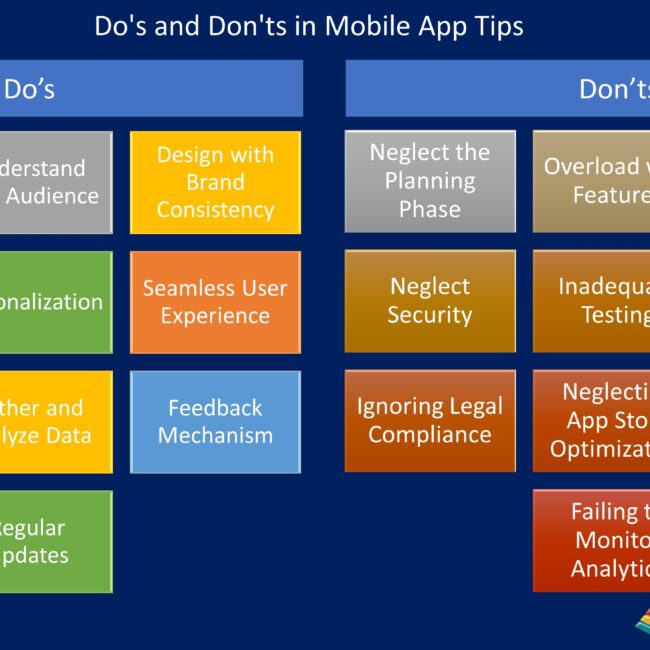
Harnessing the Power of AI: Image Recognition, Object Detection, and Autonomous Vehicles
Introduction
Artificial Intelligence (AI) has seen remarkable advancements in computer vision applications, particularly in image recognition, object detection, and autonomous vehicles. In this blog, we’ll explore how AI technologies are revolutionizing these domains, enhancing our ability to process and understand visual data, and paving the way for the future of transportation.
AI in Image Recognition
Image recognition is the process of identifying and classifying objects, scenes, or patterns within digital images. AI, specifically deep learning techniques, has revolutionized image recognition.
Applications:
- Medical Imaging: AI helps in the early detection of diseases by analyzing medical images like X-rays, MRIs, and CT scans.
- Security and Surveillance: It plays a critical role in identifying potential security threats, tracking individuals, and monitoring crowded places.
- Retail: AI-powered image recognition enhances customer experience by enabling visual search, automated checkout, and inventory management.
- Social Media: Facial recognition in social media platforms helps users tag friends and organize photos.
Advantages:
- Accuracy: AI systems can achieve high levels of accuracy in image recognition, often surpassing human performance.
- Efficiency: They can process vast amounts of image data quickly, reducing the need for manual labor.
- Scalability: AI models can be trained to recognize an ever-expanding range of objects and patterns.
Challenges:
- Data Quality: Image recognition systems heavily rely on high-quality and diverse training data.
- Interpretable Models: Deep learning models, while highly accurate, can be difficult to interpret and explain.
AI in Object Detection
Object detection takes image recognition a step further by not only identifying objects in images but also locating their positions within the image.
Applications:
- Autonomous Vehicles: Object detection is crucial for identifying pedestrians, vehicles, and obstacles on the road.
- Retail: It is used in cashier-less stores for tracking customer movements and product selection.
- Agriculture: Drones equipped with object detection technology can monitor crop health and identify pests.
- Manufacturing: Object detection ensures product quality through defect detection on assembly lines.
Advantages:
- Safety: In autonomous vehicles, object detection is a key component for avoiding accidents.
- Efficiency: In industries like manufacturing, it helps automate quality control processes.
- Inventory Management: It aids in tracking and managing inventory levels efficiently.
Challenges:
- Real-Time Processing: Object detection requires processing images in real time, which can be computationally intensive.
- Variability: Detecting objects under varying lighting, weather conditions, and angles is challenging.
AI in Autonomous Vehicles
Autonomous vehicles, often referred to as self-driving cars, leverage AI for perceiving their environment, making decisions, and controlling their movements.
Components:
- Computer Vision: AI processes data from cameras and other sensors to identify objects, lanes, and obstacles.
- Machine Learning: Models are trained to make decisions based on sensor data and real-time analysis.
- Sensor Fusion: Combining data from various sensors like LiDAR, radar, and cameras for a comprehensive view of the surroundings.
Advantages:
- Safety: Autonomous vehicles can significantly reduce accidents caused by human error.
- Efficiency: They can optimize routes, reduce traffic congestion, and improve fuel efficiency.
- Accessibility: They offer transportation solutions for people with disabilities and the elderly.
Challenges:
- Regulations: Developing a regulatory framework for autonomous vehicles is an ongoing challenge.
- Ethical and Legal Issues: Determining responsibility in case of accidents and addressing ethical dilemmas remains complex.
Conclusion
AI’s contributions to image recognition, object detection, and autonomous vehicles are revolutionizing various industries and reshaping our daily lives. As technology continues to advance, we can expect even greater accuracy, safety, and efficiency in these domains. The future of AI in computer vision and transportation promises not only convenience but also a safer and more sustainable world.


